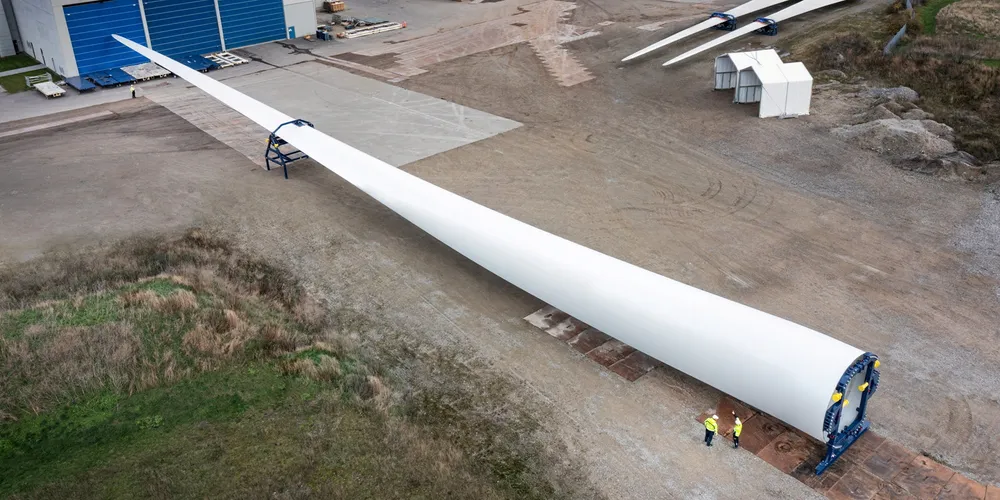Shell, Suzlon and AI experts team up to advance wind turbine reliability
Blade quality has been increased concern in wind sector amid industry 'arms race' to produce ever-larger machines

A new project to boost turbine blade reliability by using digital twins and AI to help stave off 'catastrophic' failures at wind farms has launched, with oil & gas supermajor Shell, Indian turbine maker Suzlon and several Dutch players onboard.
The Dutch-led four-year project aims to significantly enhance the reliability of wind turbine blades through improved monitoring of their structural health.
The partners will conduct a wind turbine measurement campaign at an offshore wind farm, said the Netherlands Organisation for Applied Scientific Research (TNO) when announcing the 'ReliaBlade2-NL' project yesterday.
Condition monitoring systems developed by Dutch wind energy specialists Fibersail and Tarucca, which provide AI-based condition and structural health monitoring of wind turbine blades, will be used.
TNO will develop methods for structural diagnosis and prognosis, and create digital twins – virtual replicas of objects used for modelling purposes – of the turbines with Shell.
Delft University of Technology in the Netherlands will perform tests on a torsion box and fatigue test coupons provided by Suzlon and develop ‘remaining useful life’ models for turbine blades.
“These failures impact electricity production and have far-reaching consequences for wind energy producers and the industry’s role in the broader energy transition,” said TNO.
The project has three major aspects. An “improved blade modelling scheme will be developed to enable blade structural behaviour predictions over time based on its updated condition.”
It will also focus on “structure monitoring for blade characterisation and damage diagnosis,” developing algorithms to analyse and interpret data from strain, acceleration and acoustic emission sensors.
The third area is developing a decision support for operation and maintenance based on information from the digital twin, integrating aspects range from weather data, resource costs and availability, asset-specific information, and maintenance requirements.
(Copyright)